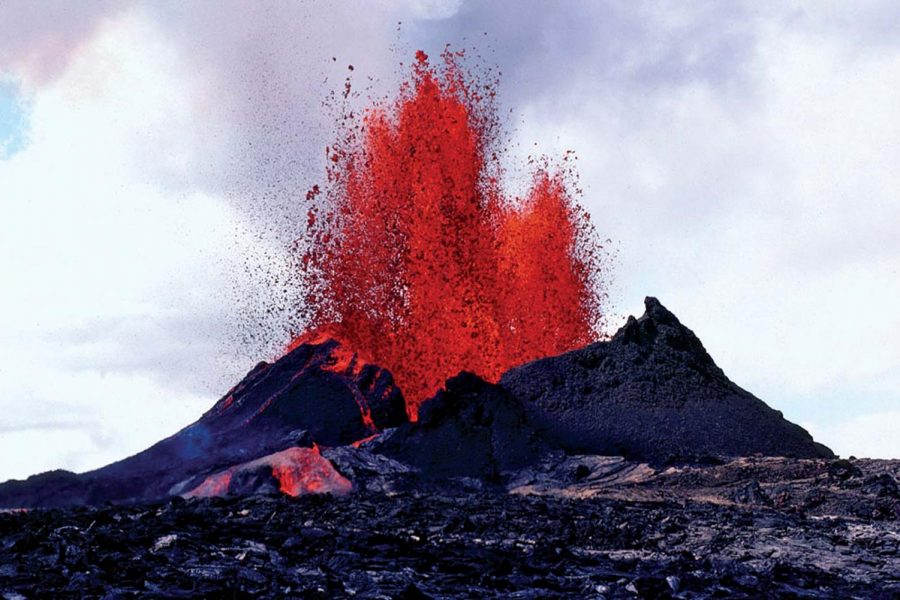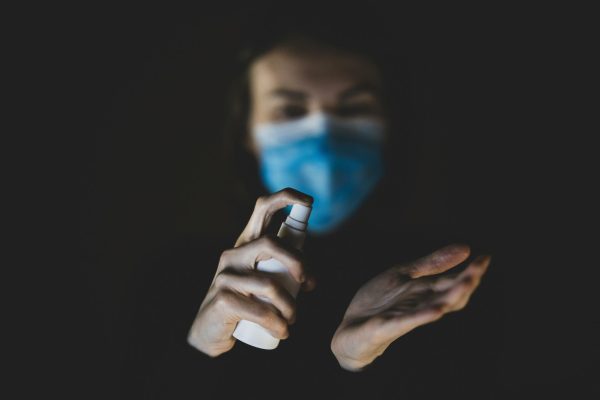Imminent Eruption of Mount Kīlauea
On September 29, 2021, Hawaii’s Big Island encountered an imminent volcanic eruption on Mount Kīlauea. The U.S. Geological Survey confirmed that the volcanic activity began in the Halemaumau crater, which has endured several eruptions and lava lakes in the volcano’s past.
Earlier last Wednesday, officers noted increased earthquake activity and ground swelling, and appropriately raised alertness levels. Photos and videos of the eruption revealed that Kīlauea spewed not only lava, but thread-like pieces of gas called “Pele’s hair.” These thin, golden strands form when bubbles in the lava burst, and while they are beautiful to watch, are very dangerous if ingested. However, the release of gases was the primary hazard, officials warn, as the carbon dioxide and the other reactants in the air formed precarious volcanic smog.
The Hawaiian Volcano Observatory continues to monitor Kīlauea and raised the level from “watch” to “warning,” cautioning pilots and overhead transportation for ash emissions. According to the USGS, these warning levels signify that the volcanic eruption is likely to result in “hazardous activity both on the ground and the air.”
The lava continues to emerge from the volcano, concentrating in an enormous lava lake at the surface of the mountain. Fortunately, the eruption is not in an area populated with homes or industry, and is still contained within Hawaii’s Volcano National Park. It is predicted that all lava will remain within the center of the park, with limited threat of it moving into the east zone where people live.
The Kīlauea Volcano has been famous for its past eruptions: the young volcano erupts almost annually. One of its most notable eruptions was in 2018, where the mountain spewed enough lava to fill up 320,000 Olympic sized swimming pools. The eruption had caused mass evacuations, reducing cities and towns to mere wastelands of black rock.
Visitors are still allowed to view the active volcano in the Hawaii Volcanoes National Park. National Park rangers expect several thousands of visitors to flock to view the eruptions, and claim that they are taking necessary precautions for COVID-19. They recommend that visitors not come if sick, as watching the volcanic eruptions through a webcam or news channel is another viable option.

Akshata is a senior who loves to be creative and put her mind to things. She has been in the newspaper for three years, and is excited to finish her final...









